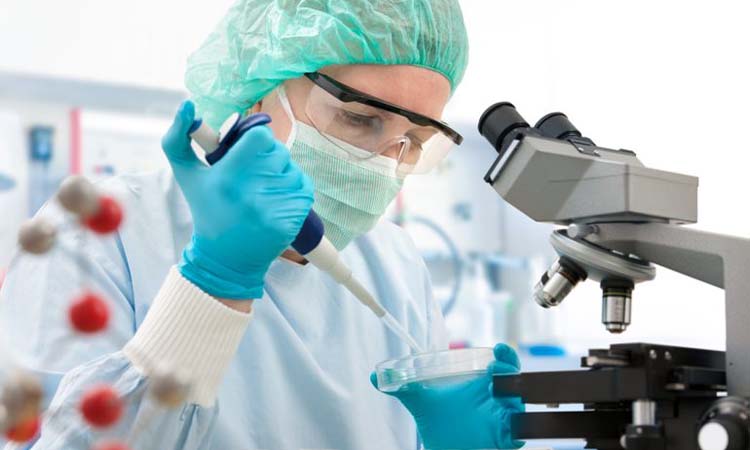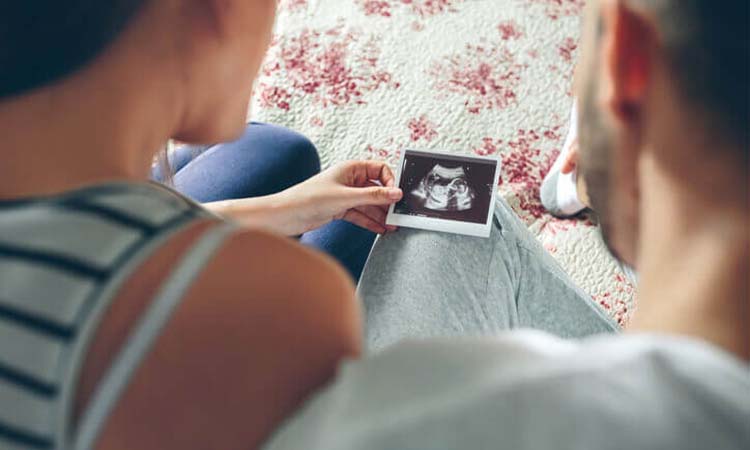What’s PGS?
PGS-Preimplantation Inheritable Webbing is an advanced technology used for cases who have chosen IVF (In Vitro Fertilization) to have their natural child. It’s a inheritable testing procedure done to increase the chances of a successful gestation. In PGS, embryos are tested for chromosomal abnormalities before being implanted into the uterus of the woman.
A normal human has 23 dyads of chromosomes, still, a couple who opts for IVF to conceive, is more prone to having abnormal chromosomes, because as they progress, the quality of their eggs and sperm diminishments, adding the chances of performing embryo having redundant or missing chromosomes. In such a case, the embryo won’t implant itself in the woman’s uterus or she’s most likely to have a confinement latterly, and indeed if full- term gestation is achieved, the child born will have health conditions like-Down pattern, Turner pattern, Trisomy 13 or further. These conditions can be discovered in PGS.
How does PGS work?
PGS helps in precluding irregular gestation by screening the embryos for aneuploidy ( irregular number of chromosomes). The fashion used for PGS is more precise than the visual bitsy observation generally used during IVF. In PGS, a small number of cells (4-10), which contain chromosomes are removed from the embryo and transferred to the inheritable lab for chromosomal testing.
This test is substantially done to elect the embryos with a normal number of chromosomes to escalate the probability of delivering a healthy baby. Once an embryo with the correct number of chromosomes is named, there will be no need to implant further than one embryo, which will reduce the chance of multiple gravidity.
How is PGS performed with IVF?
In the lab, once the eggs have been fertilized for IVF, the embryos are allowed to divide into multiple cells for nearly 5 days. These embryos are also genetically screened via PGS. The process is as follows-
A many cells (4-10) are removed from the embryos, after which these embryos are firmed to be used latterly.
In the inheritable lab, the DNA of the cells is screened to find out the number of chromosomes present in them.
The fertility specialists also elect the embryo (s) of the stylish quality (embryos with normal chromosomes) for implantation inside the woman’s uterus.
Who should get PGS done?
PGS is recommended for those who have a high threat of having embryos with abnormal chromosomes. Similar as-
The age of the womanish mate is 35 or further.
History of deliveries.
History of preliminarily failed IVF cycles
Want to help multiple gravidity
What are the pitfalls involved in PGS?
Croakers of Reproductive Medicine have been performing PGS successfully over numerous times. And if done by a largely trained and endured croaker, there are minimum or no pitfalls involved in PGS.
Still, there are certain cases, in which PGS could be dangerous, similar as-
Since PGS is an invasive procedure, there’s a threat of embryos getting damaged while cells are being removed if not performed by a trained croaker.
Occasionally, the results attained might be incorrect or inconclusive due to chromosomal mosaicism in the embryos. In this miracle, the embryo contains both normal as well as abnormal cells.
In some cases, specialized issues during PGS can tamper with the test performing in wrong findings.



